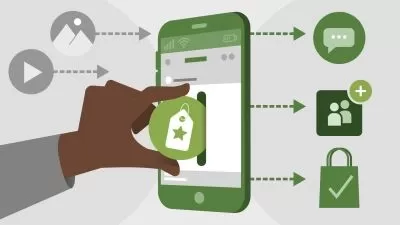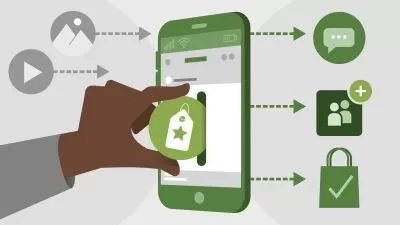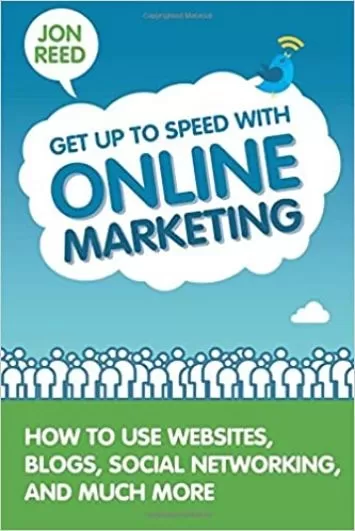About Instagram MarketingLearn More
An Instagram marketing campaign can be an effective way to promote your brand, your mission, or yourself. You can foster a community based on any focused topic through a social media strategy. Whoever you are trying to reach, you can use Instagram to build brand awareness and boost demand for your product. Udemy offers a vast array of Instagram training to show you how to market through social media.
Sort by:
Sorting
The newest
Most visited
Course time
Subtitle
Filtering
Courses

Udemy


Tanmoy Kumar Das
Google Gemini Marketing: Create Powerful Marketing Campaigns 1:14:42
11/19/2024
Subtitle

Linkedin Learning


Jenn Herman and CreatorUp
Building an Audience on Instagram for Creators 32:06
English subtitles
08/31/2024

Udemy


Samuli Jeskanen
Facebook & Instagram Ads Workshop for Coaches & Consultants! 3:47:08
06/12/2024

Udemy


Stepwise Learning .
Become An Instagram Developer by Mastering Meta Spark Studio 2:23:17
06/10/2024
Subtitle

SkillShare


Rob
Social Media Storytelling: Make Incredible Videos for Instagram, YouTube & More 1:02:09
English subtitles
02/26/2024
Books
Frequently asked questions about Instagram Marketing
Instagram marketing allows both individuals and brands to expand their reach and connect with their target audience using the Instagram app. Through images, videos, Instagram Stories, IGTV, and Reels, marketers create and share compelling content that educates, entertains, and engages their audience. Instagram marketers often focus on increased reach by adding followers, nurturing leads with interesting or helpful content, and selling products either in-app or redirecting followers to the brand’s website. By providing value to its followers, Instagram marketers can build an engaged fan base that is more likely to purchase their products or services. Influencer marketing is also popular on Instagram, allowing brands to reach a new audience that is highly trusting of the influencer’s recommendations.
The core of every marketing strategy involves reaching your ideal customers where they are. While Instagram has a wide base of over 1 billion monthly users, not every demographic has an equal presence on the app. It’s much more popular with the 25-34 age group than the 55-64 age group, for example. Alternatives to Instagram marketing include leveraging other social media platforms, like Facebook, Twitter, Pinterest, or LinkedIn. Other marketing strategies include an SEO-focused website and blog, podcasting, email marketing, and direct mail. Many marketers include Instagram marketing alongside these other channels as part of a cohesive marketing plan. Instagram provides an opportunity to re-use marketing materials, like photos and videos, that you may also use on your website or another social media site.
Many marketing and advertising jobs use Instagram marketing in their daily activities. Social media marketers are a niche specialty, focused specifically on platforms like Instagram and Facebook to build awareness and encourage engagement on brand accounts. Other careers use Instagram marketing as part of a larger marketing strategy. For example, content marketers create blog posts, webinars, eBooks, and more to guide a prospective buyer through the customer journey. Part of that process includes content promotion, which means content marketers use platforms like Instagram to share their creations. Product marketers may use Instagram marketing as a promotional tool to share the features and benefits of new releases. And public relations specialists use Instagram marketing to build awareness and goodwill for their clients.
As an image and video sharing platform, Instagram allows brands to create a unique and recognizable visual identity for their businesses. With add-ons like polls, question stickers, and countdowns, Instagram stories encourage audience engagement and response. This can help you gather customer data and feedback and better serve your audience. Hashtags make new content searchable, giving users a way to find brands that might interest them and letting companies find users who might be potential leads. Instagram is also an excellent source of user-generated content (UGC) featuring a product or business location. Brands can repurpose those user-generated photos or videos as a promotional tool on their own feeds. Finally, Instagram has several in-app selling features, like Instagram Shopping and shoppable posts. These options cut down the steps between the user’s exposure to a product and the point of purchase.

























